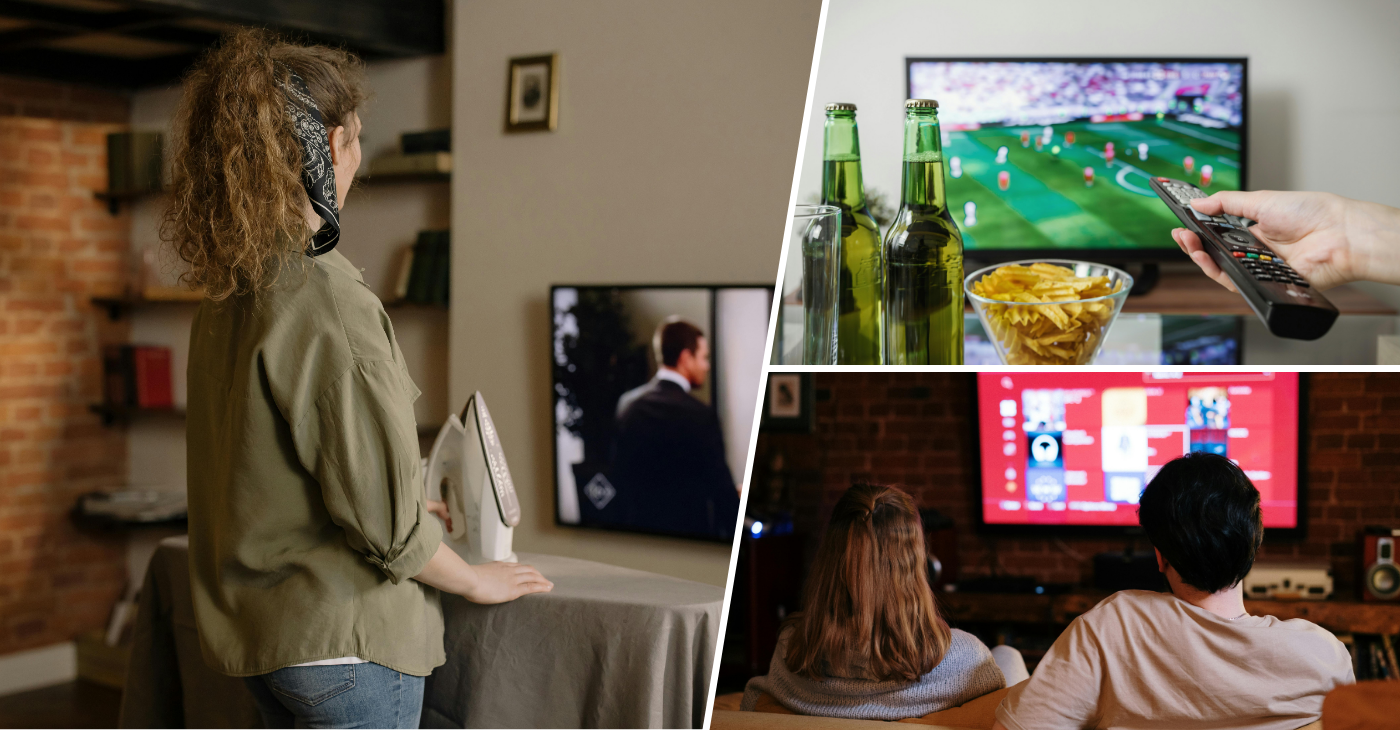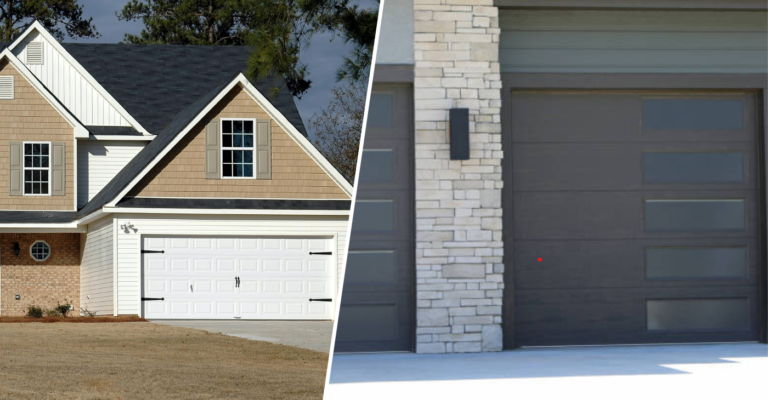Do you need an aerial for a smart TV? A comprehensive guide
Do you need an aerial for a smart TV? The short answer is: it depends. While many modern smart TVs can receive digital terrestrial television (DTT) signals without an aerial, others may require one. The specific requirements vary depending on your location, the TV model, and the availability of DTT services in your area. In this comprehensive guide, we will explore the factors that determine whether an aerial is necessary for your smart TV, the benefits of using an aerial, and the types of aerials available.
Understanding DTT and smart TVs
Do you need an aerial for a smart TV? Understanding this can help you decide on the best setup for your entertainment needs.
Digital terrestrial television (DTT)
Digital terrestrial television (DTT) is a broadcasting technology that transmits TV signals over the airwaves. Unlike analog television, DTT offers higher picture and sound quality, along with the ability to broadcast in high definition (HD). DTT is widely used across the globe and provides access to a range of free-to-air channels, including national, regional, and local stations.
Smart TVs
Smart TVs are equipped with internet connectivity, allowing users to access a variety of online content, including streaming services, apps, and social media platforms. These TVs come with built-in tuners that can receive digital signals, making it possible to watch TV channels without the need for an external set-top box. However, whether or not you need an aerial to receive DTT signals on your smart TV depends on several factors.
Do you need an aerial for a smart TV?
The smart TVs offer a wide range of features, including access to streaming services, apps, and online content. However, one question that often arises is: do you need an aerial for a smart TV? Let’s break down the scenarios:
-
Streaming services
- No aerial needed: If your primary interest lies in streaming content from services like Netflix, Disney+, or YouTube, you don’t need an aerial. Smart TVs connect to the internet via Wi-Fi or an Ethernet cable, allowing you to access these services directly through apps.
- Internet connection required: Ensure you have a stable internet connection, as streaming relies on bandwidth to deliver content in high definition. An aerial has no role in this type of viewing.
-
Live TV channels
- Aerial needed: If you want to watch live, free-to-air channels (such as BBC, ITV, Channel 4 in the UK, or ABC, NBC, CBS in the US), an aerial is essential. These channels are broadcast over the airwaves and require an aerial to receive them.
- Freeview/free-to-air services: In regions like the UK, Freeview is a popular service that offers a range of digital channels. To access these, your smart TV will need an aerial to receive the broadcast signals.
-
Hybrid Viewing
- Optional aerial: For those who want the flexibility of both streaming content and watching live TV, an aerial is optional but recommended. This setup allows you to enjoy the best of both worlds—streaming your favorite shows while having access to local news and live events.
-
Cable/satellite TV
- No aerial needed: If you have a subscription to cable or satellite TV services, an aerial is generally not required. These services deliver content via cables or satellite dishes, bypassing the need for a traditional aerial.

Factors affecting aerial requirement
Do you need an aerial for a smart TV? It depends on whether you want to watch live broadcast channels or stick to streaming services.
Location
Your geographical location is one of the most significant factors in determining whether you need an aerial for your smart TV. If you live in an area with strong DTT coverage, your smart TV may be able to receive signals without an aerial. Urban areas, where broadcast towers are nearby, typically have strong signal strength, allowing smart TVs to pick up channels easily. However, if you live in a remote area, or your home is surrounded by tall buildings, trees, or other obstructions, an aerial may be necessary to receive a clear and stable signal.
TV model
Not all smart TVs are created equal. The built-in tuner in your smart TV plays a crucial role in whether or not you need an aerial. Some TV models come with powerful tuners capable of receiving DTT signals even in areas with weak coverage. In contrast, other models may have less capable tuners, making it difficult to pick up signals without the assistance of an aerial. When purchasing a smart TV, it’s essential to consider the quality of the built-in tuner, especially if you live in an area with variable signal strength.
DTT availability
Before deciding whether you need an aerial, it’s important to check the availability of DTT services in your area. DTT is not available in every region, and in some cases, the service may be limited to specific areas. If DTT is not broadcast in your region, you will need an aerial to receive TV channels. Checking DTT availability can save you from unnecessary frustration and help you make an informed decision about whether an aerial is necessary for your smart TV.

Benefits of using an aerial
While some smart TVs can receive DTT signals without an aerial, there are several benefits to using one. Here are some of the advantages of connecting an aerial to your smart TV:
Free TV channels
Do you need an aerial for a smart TV? The answer is no for streaming, but yes if you want access to free-to-air channels. One of the most significant benefits of using an aerial is the ability to access free-to-air TV channels. Unlike cable or satellite services, which require a subscription, DTT channels are available at no additional cost. This means you can enjoy a wide range of TV programs, including news, sports, and entertainment, without paying monthly fees.
Local channels
An aerial allows you to receive local TV channels that may not be available on streaming services. These channels often broadcast regional news, weather updates, and community events, providing valuable information about your local area. If staying informed about local happenings is important to you, an aerial is an excellent investment. When setting up your new device, you might ask yourself, “Do you need an aerial for a smart TV?” depending on your viewing habits.
Reliable reception
Aerials provide more reliable and consistent reception compared to streaming services, which can be affected by internet outages or slow connection speeds. In areas with weak or fluctuating signals, an aerial can ensure that you receive a stable and clear picture, making your TV-watching experience more enjoyable.
Types of aerials
If you decide that an aerial is necessary for your smart TV, it’s essential to choose the right type of aerial for your needs. Aerials come in various types, each with its own advantages and disadvantages. Here are the most common types of aerials:
Indoor aerials
Indoor aerials are compact and easy to install, making them a popular choice for those who live in areas with strong DTT signal strength. These aerials are typically placed near the TV or a window to receive the best possible signal. Indoor aerials are ideal for apartments or homes in urban areas where outdoor installation may not be practical. However, they may not provide adequate reception in areas with weak signals or significant obstructions.
Outdoor aerials
Outdoor aerials are larger and offer better reception than indoor aerials, making them suitable for areas with weak signals or obstructions. These aerials are typically mounted on the roof or an exterior wall, where they can receive a clear and unobstructed signal. Outdoor aerials come in various styles, including Yagi, log-periodic, and wideband antennas, each designed to optimize reception in different conditions. While outdoor aerials are more challenging to install, they provide superior performance and reliability.
Additional considerations
In some cases, you may need to take additional steps to improve the reception of DTT signals. Here are a few additional considerations:
Signal boosters
If you’re experiencing weak signals or poor reception, a signal booster can amplify the DTT signal and improve your TV-watching experience. Signal boosters are small devices that can be connected between the aerial and the TV to enhance the strength of the incoming signal. They are particularly useful in areas with weak signal strength or in homes with long cable runs.
Professional installation
Installing an aerial can be a challenging task, especially if you’re not familiar with the process. If you’re unsure about how to install an aerial or want to ensure optimal performance, consider hiring a professional. A professional installer can assess your location, recommend the best type of aerial, and ensure that it’s installed correctly for the best possible reception.
Conclusion – Evaluating the need for an aerial with your smart TV
Whether or not you need an aerial for your smart TV depends on several factors, including your location, the TV model, and the availability of DTT services in your area. While some modern smart TVs can receive DTT signals without an aerial. Smart TVs using an aerial offers several benefits, including access to free TV channels, local programming, and more reliable reception. If you decide that an aerial is necessary, choosing the right type and considering additional factors like signal boosters and professional installation can help you achieve the best possible TV-watching experience.







